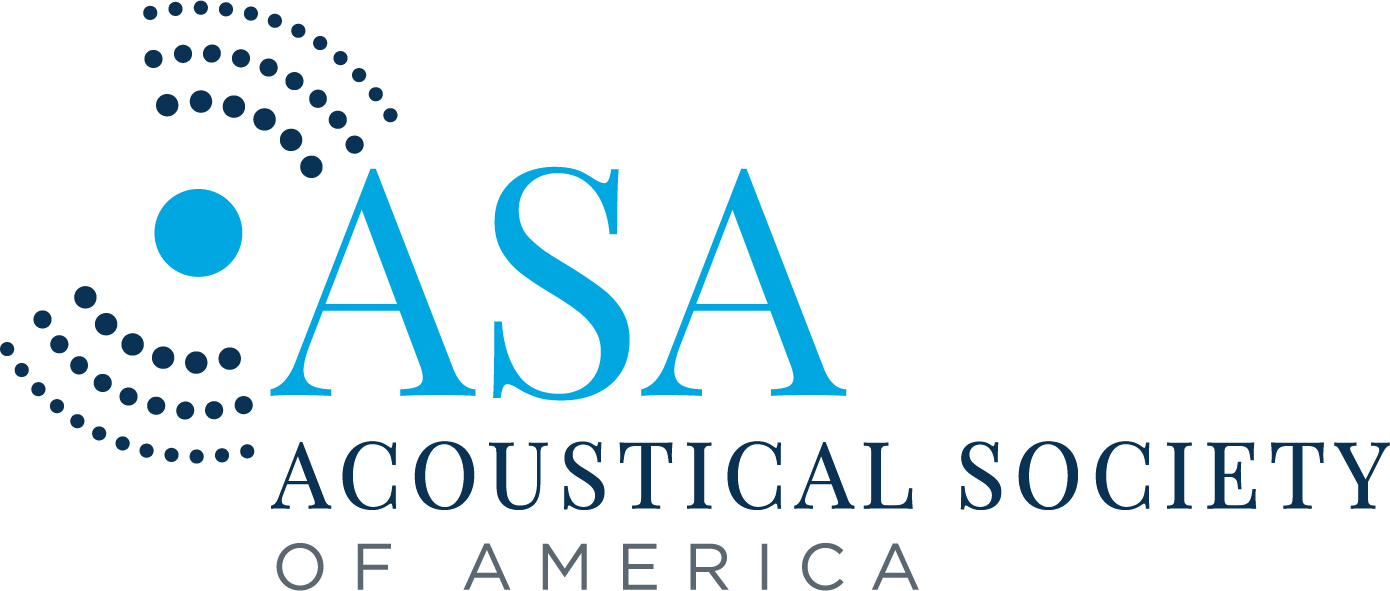Echolocation Builds Prediction Models of Prey Movement
Echolocation Builds Prediction Models of Prey Movement
Bats use echoes of own vocalizations to anticipate location, trajectory of prey
Media Contact:
Larry Frum
AIP Media
301-209-3090
media@aip.org
SEATTLE, November 30, 2021 — Bats are not only using their acoustical abilities to find a meal — they are also using it to predict where their prey would be, increasing their chances of a successful hunt.
During the 181st Meeting of the Acoustical Society of America, which will be held Nov. 29 to Dec. 3, Angeles Salles, from Johns Hopkins University, will discuss how bats rely on acoustic information from the echoes of their own vocalizations to hunt airborne insects. The session, “Bats use predictive strategies to track moving auditory objects,” will take place Tuesday, Nov. 30, at 1:50 p.m. Eastern U.S.
In contrast to predators that primarily use vision, bats create discrete echo snapshots, to build a representation of their environment. They produce sounds for echolocation through contracting the larynx or clicking their tongues before analyzing the returning echoes. This acoustic information facilitates bat navigation and foraging, often in total darkness.
Echo snapshots provide interrupted sensory information about target insect trajectory to build prediction models of prey location. This process enables bats to track and intercept their prey.
“We think this is an innate capability, such as humans can predict where a ball will land when it is tossed at them,” said Salles. “Once a bat has located a target, it uses the acoustic information to calculate the speed of the prey and anticipate where it will be next.”
The calls produced by the bats are usually ultrasonic, so human hearing cannot always recognize such noises. Echolocating bats integrate the acoustic snapshots over time, with larger prey producing stronger echoes, to predict prey movement in uncertain conditions.
“Prey with erratic flight maneuvers and clutter in the environment does lead to an accumulation of errors in their prediction,” said Salles. “If the target does not appear where the bat expects it to, they will start searching again.”
By amalgamating representations of prey echoes, bats can determine prey distance, size, shape, and density, as well as identify what they are tracking. Studies have shown bats learn to steer away from prey they deem unappetizing.
———————– MORE MEETING INFORMATION ———————–
USEFUL LINKS
Main meeting website: https://acousticalsociety.org/asa-meetings/
Technical program: https://eventpilotadmin.com/web/planner.php?id=ASASPRING22
Press Room: https://acoustics.org/world-wide-press-room/
WORLDWIDE PRESS ROOM
In the coming weeks, ASA’s Worldwide Press Room will be updated with additional tips on dozens of newsworthy stories and with lay language papers, which are 300 to 500 word summaries of presentations written by scientists for a general audience and accompanied by photos, audio and video. You can visit the site during the meeting at https://acoustics.org/world-wide-press-room/.
PRESS REGISTRATION
We will grant free registration to credentialed journalists and professional freelance journalists. If you are a reporter and would like to attend, contact AIP Media Services at media@aip.org. For urgent requests, staff at media@aip.org can also help with setting up interviews and obtaining images, sound clips, or background information.
ABOUT THE ACOUSTICAL SOCIETY OF AMERICA
The Acoustical Society of America (ASA) is the premier international scientific society in acoustics devoted to the science and technology of sound. Its 7,000 members worldwide represent a broad spectrum of the study of acoustics. ASA publications include The Journal of the Acoustical Society of America (the world’s leading journal on acoustics), JASA Express Letters, Proceedings of Meetings on Acoustics, Acoustics Today magazine, books, and standards on acoustics. The society also holds two major scientific meetings each year. See https://acousticalsociety.org/.



